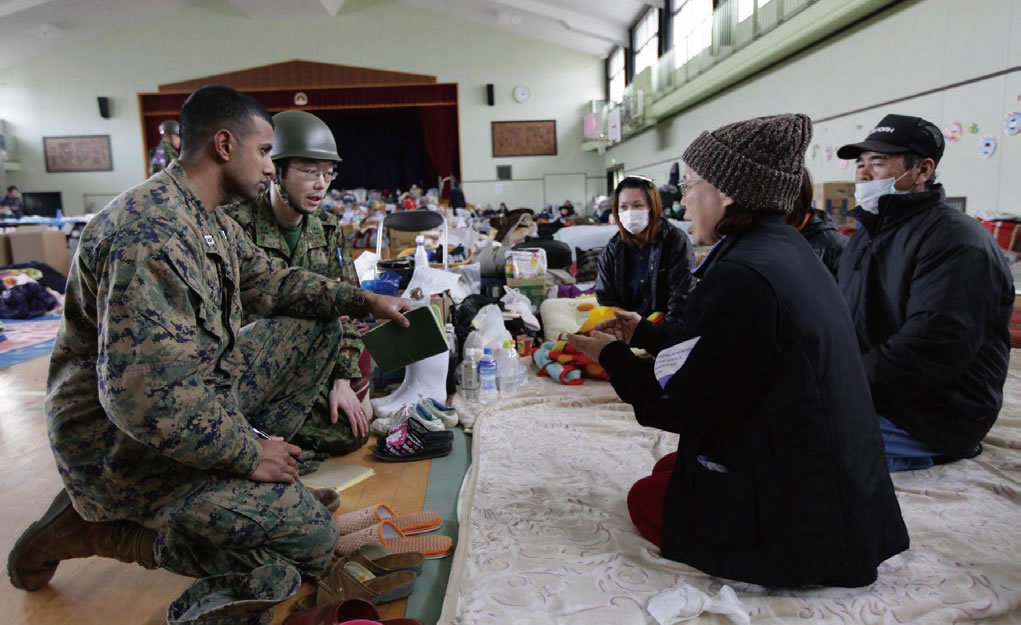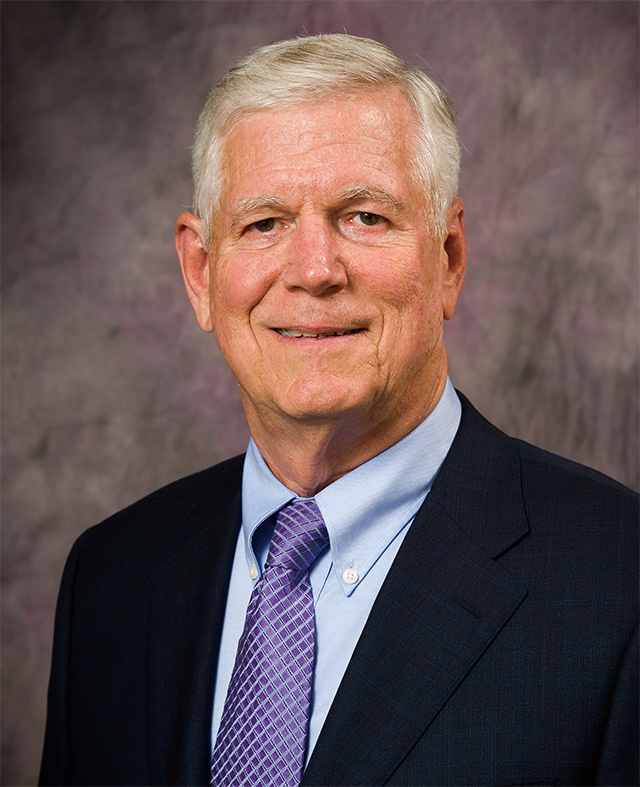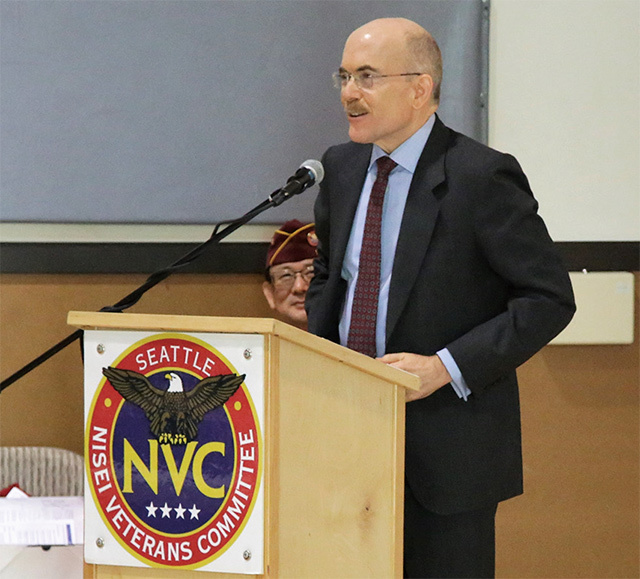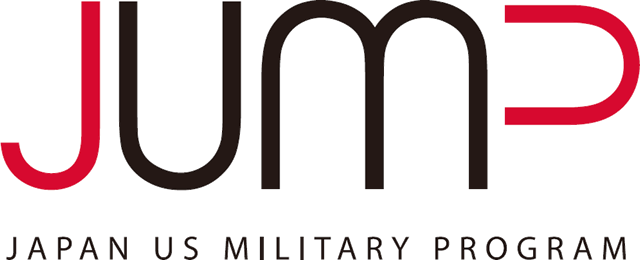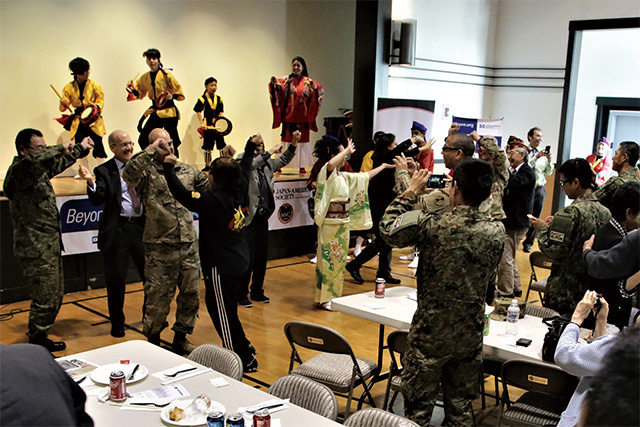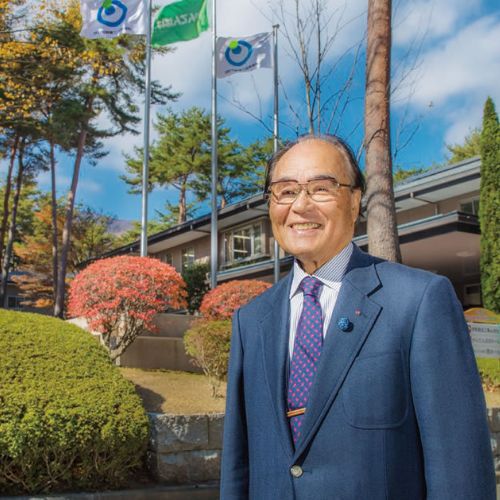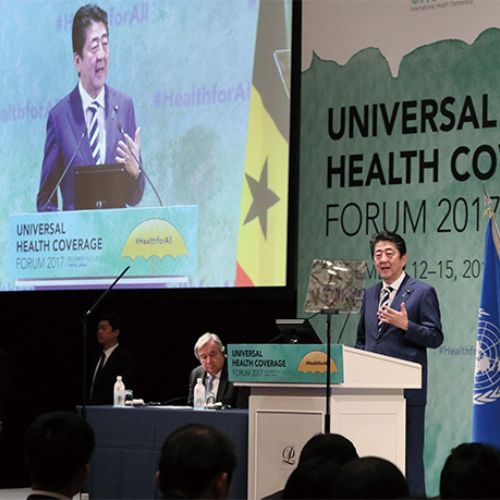We Are Tomodachi — We Are JUMP
By Ambassador James Zumwalt
Ambassador James Zumwalt
CEO of the Sasakawa Peace Foundation USA; Former United States Ambassador to the Republic of Senegal; Former Deputy Assistant Secretary of State for Japan and Korea; Former Deputy Chief of Mission in Tokyo, Japan; Former State Department Director in the Office of Japanese Affairs
http://www.jumprogram.org/contact
My fifth-grade teacher, Mr. Mills, loved to talk to his students about Japan. He introduced us to haiku poetry, showed us photographs of Mt. Fuji, taught us how to use chopsticks, and told us about the Japanese holidays Boys’ Day and Girls’ Day. He even brought in some nori (dried seaweed) to class for us to sample. Mr. Mills introduced many elements of Japanese culture into his lesson plans by drawing from his positive experiences living at Misawa Air Base while he was in the U.S. Air Force. He inspired me to visit Japan, where I too fell in love with the country, its people, and its culture.
Hundreds of thousands of former U.S. service members and their family members now living in the United States, like Mr. Mills, have also served in Japan over the past 70 years. The vast majority of them return to the United States with fond memories of Japan. Over the past year I have spoken with U.S. military service members and their family members in San Diego, Seattle, Pensacola, and Washington D.C. where I listened to their stories to learn more from their experiences of Japan. Many have told me that they would like to remain engaged and to sustain their friendship with Japan.
Recently, I spoke to a U.S. Navy doctor’s wife who told me that during her husband’s three-year assignment to Japan, she taught English to three Japanese ladies who rapidly became her best Japanese friends. They took her off base to introduce her to local sights, to eat at Japanese restaurants, and to go shopping. She told me that through her friends’ eyes, she could experience Japanese society in a new way. She invited her Japanese friends to her home at Yokosuka Naval Base to enjoy an American-style Thanksgiving dinner. Her friends, in turn, invited her to Hakone to experience sleeping on a futon (a Japanese traditional bed), eating kaiseki (a traditional multi-course Japanese meal), and taking a luxurious hot spring bath. She told me she sustains her fond memories of Japan by staying in touch with her Japanese friends on Facebook.
Social media can be a wonderful way to renew friendships and overcome the
barriers of geographic distance. That is precisely why the Sasakawa Peace Foundation USA, in collaboration with the Embassy of Japan in the United States and the National Association of Japan America Societies, established the Japan US Military Program (JUMP). We have created social media platforms to provide opportunities for American service members, past and present, their families, and government civilians who have served in Japan to build relationships. Through these social media platforms—Facebook and Twitter—people can engage with each other, follow developments in the U.S.-Japan Security Alliance, share their experiences of Japanese culture, and remain connected with Japan. I hope JUMP will provide a powerful foundation to sustain the solid U.S.-Japan Security Alliance and the warm relationship between the United States and Japan.
Because American service members and their families live around the United States, JUMP has also organized events to bring service members, past and present, and their family members together. JUMP has hosted events in Seattle, Los Angeles, San Diego, Honolulu, New Orleans, Pensacola, and Washington D.C. For example, in Seattle, JUMP co-hosted with the Japan America Society of Seattle a welcome lunch for members of the Japan Ground Self-Defense Force and the U.S. Army, who were practicing at the Yakima training range. In November, JUMP hosted an event at the National War College in Washington D.C. where 150 alumni and students heard a panel talk about the challenges facing the U.S.-Japan alliance in Northeast Asia.
Japan Ground Self-Defense Force personnel and JUMP members enjoy a traditional dance performed by members of the Okinawa Prefecture Citizens’ Association.
The U.S.-Japan Security Alliance has remained strong for nearly 70 years because it is built upon a strong foundation of people-to-people relationships. JUMP hopes to build upon these ties with our programs and social media presence. If you are service members, veterans, military family, or diplomatic and government service personnel who have worked together jointly in support of the U.S.-Japan Security Treaty, and if you wish to remain connected to Japan, I hope you will contact us. We can be reached at: www.jumprogram.org/contact.


























